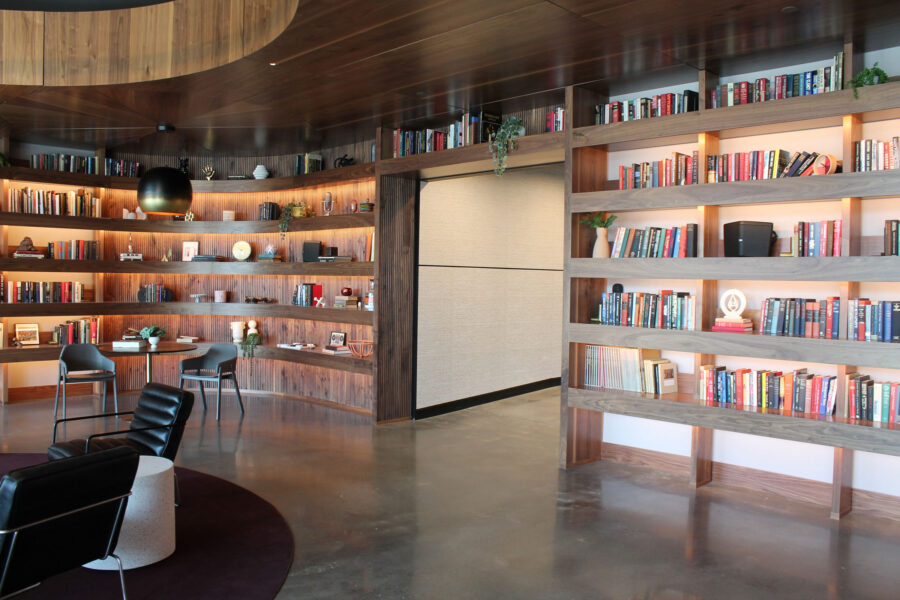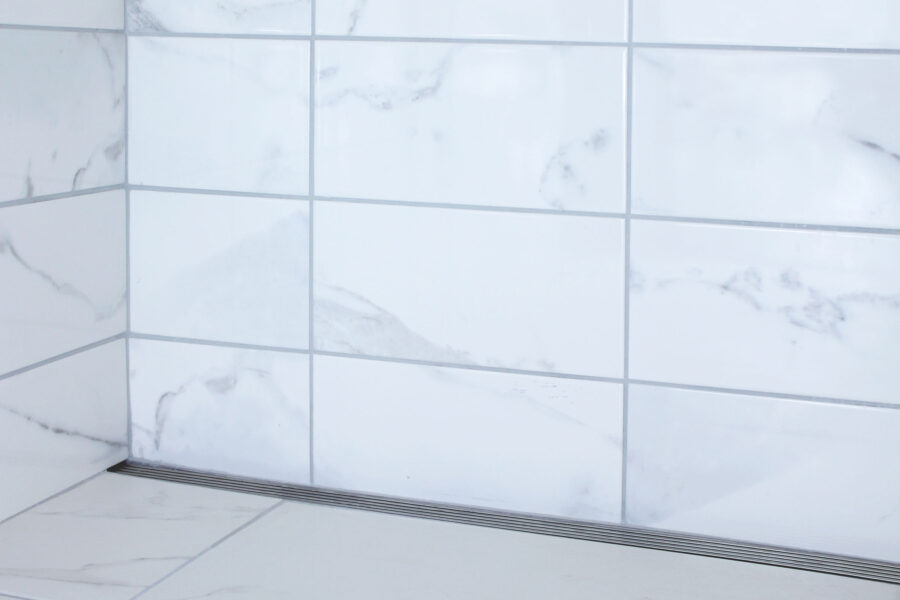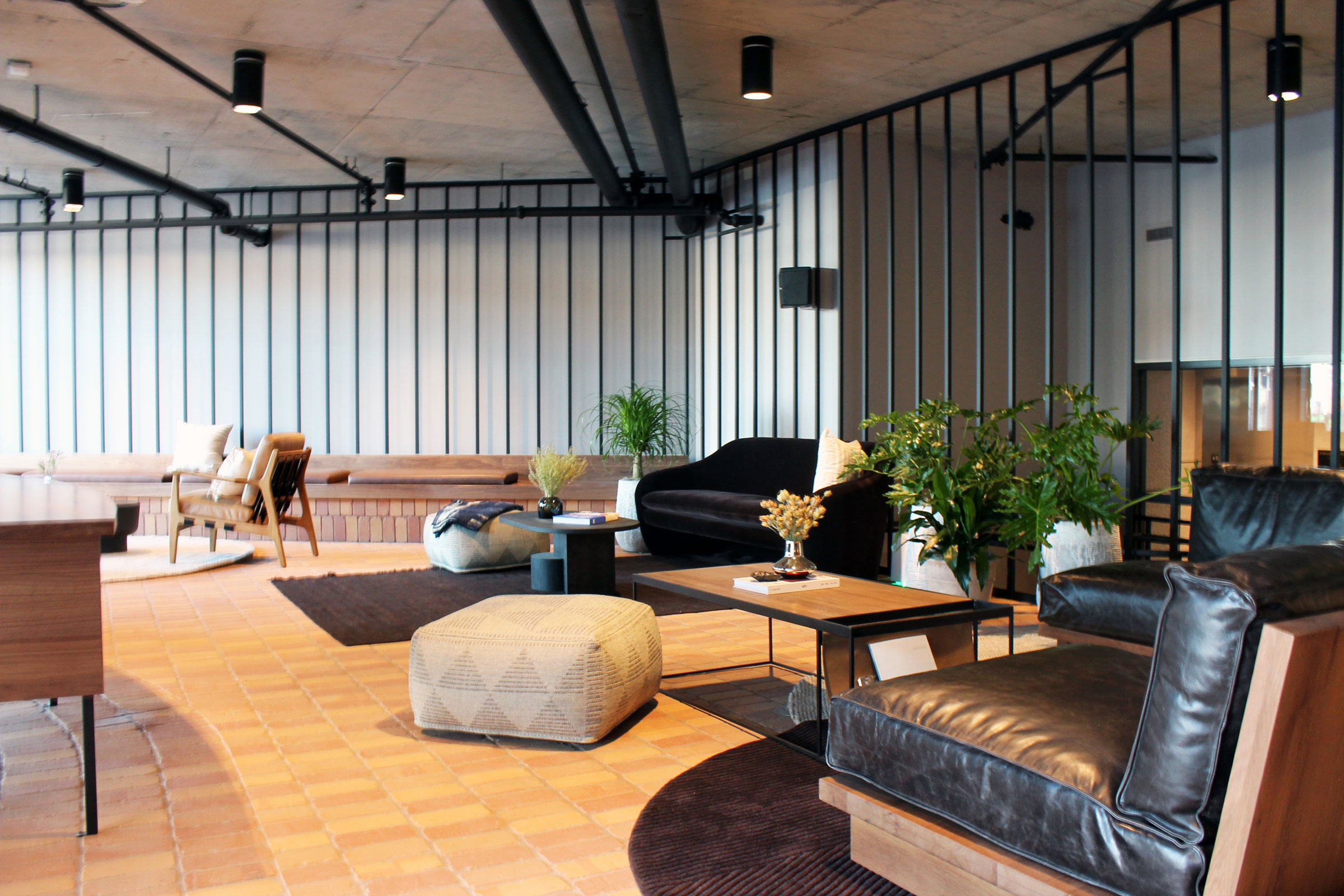Story at a glance:
- Wellness is trending across hospitality, with increased efforts to make common areas both more relaxing and inviting.
- More hotels are also incorporating clubs and social activities to improve guests’ stays.
- Wellness in the bathroom is another priority in hospitality, with more amenities to enhance the self-care experience.
Health and wellness have become increasingly important in recent years, shaping our personal lives and how we travel and experience hospitality. As a result hotels and resorts are constantly evolving to meet the growing demand for health-conscious amenities.
The question is: What is wellness, and why is it trending in hospitality?
Wellness in hospitality refers to integrating health and wellness concepts into the guest experience at hotels, resorts, and other accommodation establishments. It involves providing amenities, services, and programs that promote physical, mental, and emotional well-being for guests during their stay.
We recently attended The Lodging Conference in Phoenix. As one of the leading hotel industry events in the world this event brings together the hotel industry’s most influential owners, operators, presidents, CEOs, investors, and dealmakers to strategize development, finance, franchising, management, construction, design, and operations.
During the conference we noticed a few exhibitors displaying a variety of elements that would enhance a person’s wellness while staying in a hotel. Some were innovative in their use of technology; others were thoughtful about utilizing space that would best suit their hospitality guests. In addition to presenting what we learned at the conference, this article will explore overall health and wellness upgrade trends in hospitality.
1. Common Areas & Wellness Spaces

Photo courtesy of Oatey
Common areas in hotels play a crucial role in enhancing the guest experience. These spaces foster relaxation, socialization, and overall enjoyment during a stay. By incorporating wellness elements into common areas, hotels can create an environment that promotes their guests’ physical, mental, and emotional well-being.
Running or book clubs where guests can share these interests or hobbies are other ways hotels are working to promote guests’ physical, mental, and emotional well-being.
For book club enthusiasts, a common area in a hotel specifically designed for their needs can greatly enhance their experience. This designated space could feature cozy and comfortable seating arrangements with plush armchairs and reading nooks. Ample natural and soft ambient lighting options can create a warm and inviting atmosphere for reading and discussions.
Additionally, providing a quiet and peaceful environment away from the hustle and bustle of the rest of the hotel creates an ideal setting for members to gather and engage in meaningful conversations about their shared passion for reading.
Fostering social interaction in common areas has become more crucial for hotels. By strategically designing and utilizing common areas, hotels can create spaces that support and enhance the wellness of their guests.
2. Wellness in the Bathroom

Photo courtesy of Oatey
Wellness in the bathroom has become a priority in the hospitality industry, with various features and amenities being introduced to enhance the self-care experience for guests. Linear drains are one notable upgrade.
Part of luxurious “wet-room” spa baths, linear drains are used in curbless showers and are popular for how they marry style and functionality. A curbless shower means cleaner lines in the bathroom, less visual clutter, and added accessibility—all features that enhance well-being.
QuickDrain linear drains offer a sleek and modern design that improves the aesthetics of showers and wet areas and provides efficient water drainage. Linear drain cover designs continue to evolve, whereas previously a shower drain might be seen as an oversight. Now designs are available to match the stylistic direction of the overall bathroom, complementing different motifs and aesthetics.
These bathroom features reflect the growing demand for self-care amenities that aid in managing stress and promoting rejuvenation. Additional inspirations like steam showers, extra-deep soaking tubs, water filtration systems, and voice-activated smart features further enhance the wellness experience, allowing guests to create a personalized oasis within their own bathrooms.
3. Lighting Options
Lighting plays a significant role in creating a welcoming and comfortable atmosphere in hotel rooms and can contribute to guests’ overall wellness. Hotels can consider incorporating the following lighting options to enhance both hospitality and wellness.
Natural Light. Maximizing natural light is essential for promoting well-being. Hotels can design rooms with large windows and curtains or blinds that allow guests to control the amount of natural light entering the space. Natural light has been shown to improve mood, boost productivity, and regulate sleep patterns.
Adjustable Lighting. Providing guests with adjustable lighting options allows them to customize the ambiance of their rooms. This can be achieved through dimmable overhead lights, bedside lamps with various brightness settings, and task lighting for reading or workspaces. Control over lighting levels allows guests to create their desired atmosphere and promote relaxation or productivity.
Warm and Cool Lighting. Different light color temperatures can affect mood and well-being. Warm lighting in the 2700K to 3000K range creates a cozy and relaxing ambiance, ideal for winding down in the evening. Cool lighting in the 4000K to 5000K range mimics natural daylight and can help guests feel more alert and energized during the day.
By incorporating these lighting options hotels can create a guest-room environment that enhances hospitality and wellness. Providing an optimal balance of natural and adjustable lighting and options for warm and cool lighting contributes to hotel guests’ overall well-being and comfort.
4. Touch-Free Technology
In light of global health issues and the increased focus on health and hygiene, touch-free technology has become essential in the hospitality industry to enhance wellness. This technology offers guests a safer and more hygienic experience, minimizing physical contact and reducing the risk of germs and infections. Hotels can implement touch-free solutions in areas like the check-in and check-out processes, room access, elevators, and bathrooms.
Touch-free faucets are revolutionizing the hospitality industry, especially regarding wellness and hygiene. These innovative fixtures provide a hands-free experience, allowing guests to access water without touching surfaces. This eliminates the risk of cross-contamination and the spread of germs, which is especially crucial in high-traffic areas like hotels and wellness facilities. By minimizing contact touch-free faucets promote a healthier and more sanitary environment, reducing the chances of illnesses and improving overall wellness.
Guests can enjoy a heightened sense of security knowing they can wash their hands or fill up water bottles without worrying about coming into contact with harmful pathogens. Furthermore, touch-free faucets contribute to a luxury experience, as they are often associated with modernity and sophistication in the hospitality industry. With these innovative fixtures wellness and hospitality establishments can prioritize the well-being and comfort of their guests, providing peace of mind and an enhanced sense of self-care.
5. Guest Room Enhancements

Photo courtesy of Oatey
To increase wellness in hospitality guest room enhancements play a crucial role in creating a comforting and rejuvenating environment for guests. Incorporating elements like aromatherapy diffusers and sprays, soothing lighting, and calming color schemes can significantly contribute to the overall wellness experience. Including ergonomic furniture, supportive bedding with hypoallergenic materials, and noise-canceling features can further enhance guest comfort.
In addition, integrating advanced air purification systems and incorporating natural elements like indoor plants can improve air quality and create a serene atmosphere.
Access to wellness resources like on-demand fitness classes, meditation apps, and healthy food options can also contribute to a comprehensive wellness experience. By investing in these guest room enhancements hospitality establishments can prioritize their guests’ well-being, leaving a lasting positive impression and garnering loyalty.
Overall wellness in hospitality aims to provide guests with opportunities and resources to prioritize their well-being while traveling. By offering a wide range of health and wellness options, hotels and resorts can cater to the needs and preferences of health-conscious travelers and provide a truly transformative and rejuvenating stay experience.


